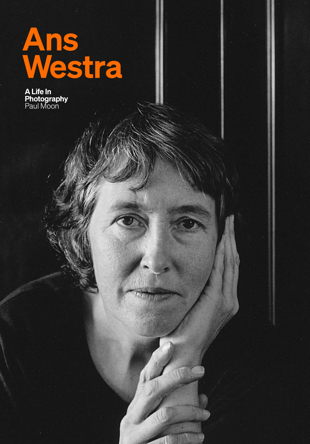Who was she?
Ans Westra isn’t a recognised national figure yet her work defines what we understand of a large part of our history. You will have seen some of her pictures. She took 350,000 of them. Over six decades; and most of that in an era of film, dark rooms, and box cameras you had to squint into.
The image of the sovereign, she took several that day, resonates because Westra did not observe boundaries. She was there to document the moment but also how other people were observing that moment.
While the rest of the media was looking at Queen Elizabeth, Westra turned her camera towards the crowd. One records a group of Māori sitting in a communal huddle in front of a line of tape forming a contrast with mostly pakeha standing in isolated splendour behind them.
This was Westra’s brilliance. Knowing where to look and when to take the shot. But it was not her pictures that drew me in. You could describe Westra as obsessed with photography, but that is insufficient. She was possessed by a need to observe, and to record, the world around her.
AUT Professor of History, Dr Paul Moon, broke the habit of a lifetime by seeking her out, asking permission to write her story. Moon’s past books, and there have been many (his bibliography is longer than my rap sheet) have been about the dead. Here he set out to write about the living.
Sadly, Westra died before he could complete the project and never had the pleasure of enjoying the finished product. A shame. It is a powerful read. Here we have an ordinary person living an extraordinary life in relative obscurity and constant penury.’
Read the rest of the review here.


